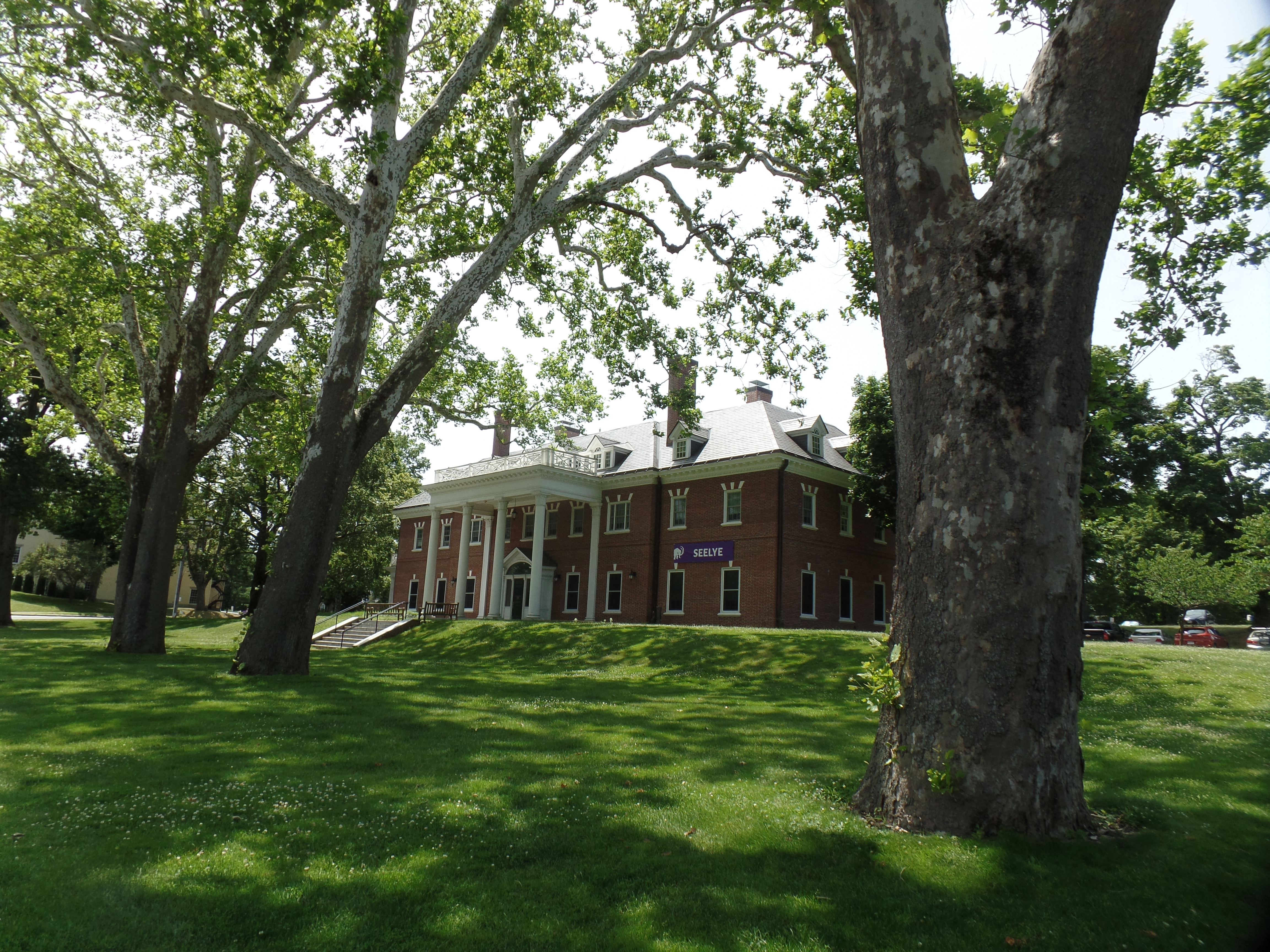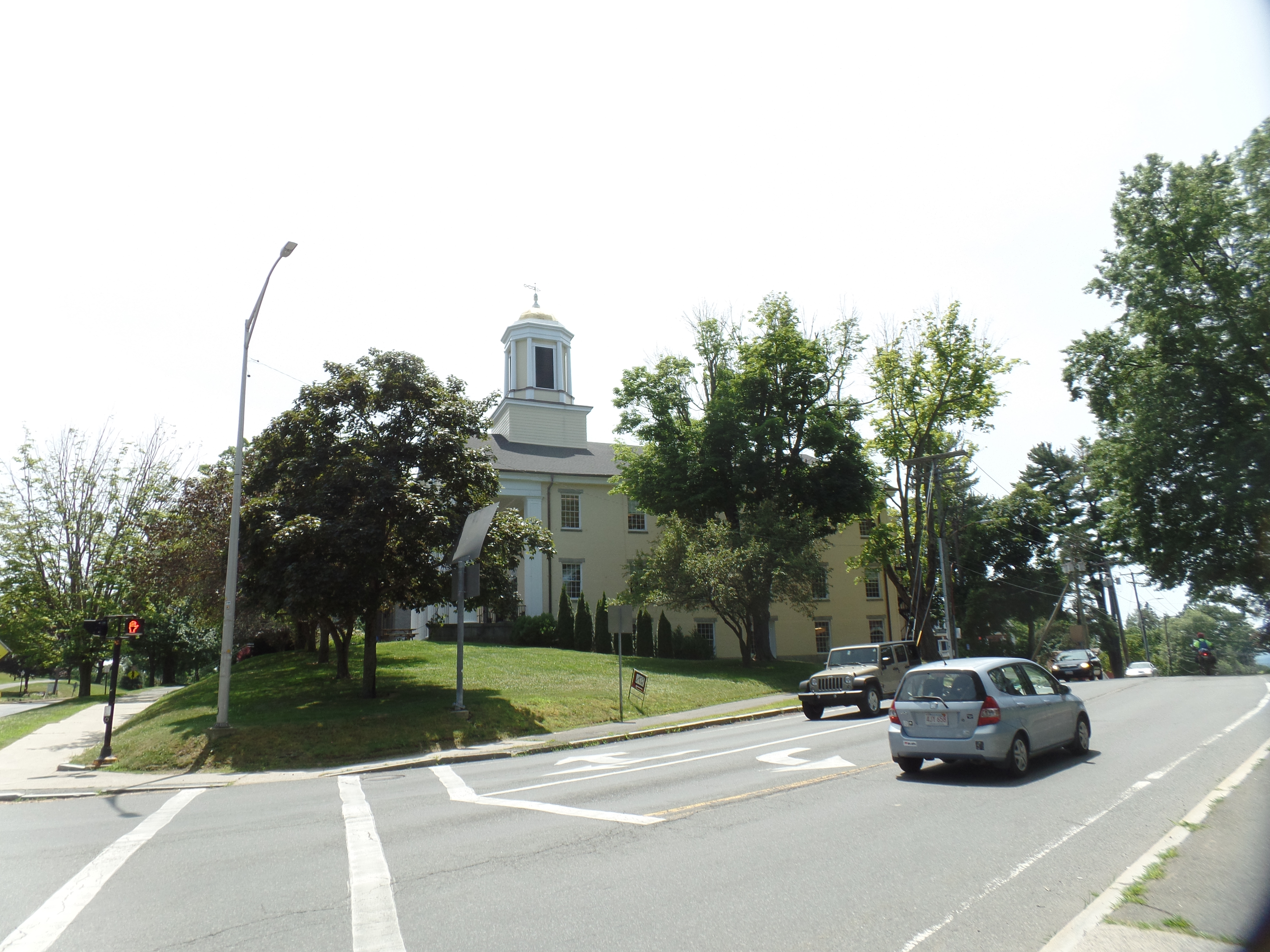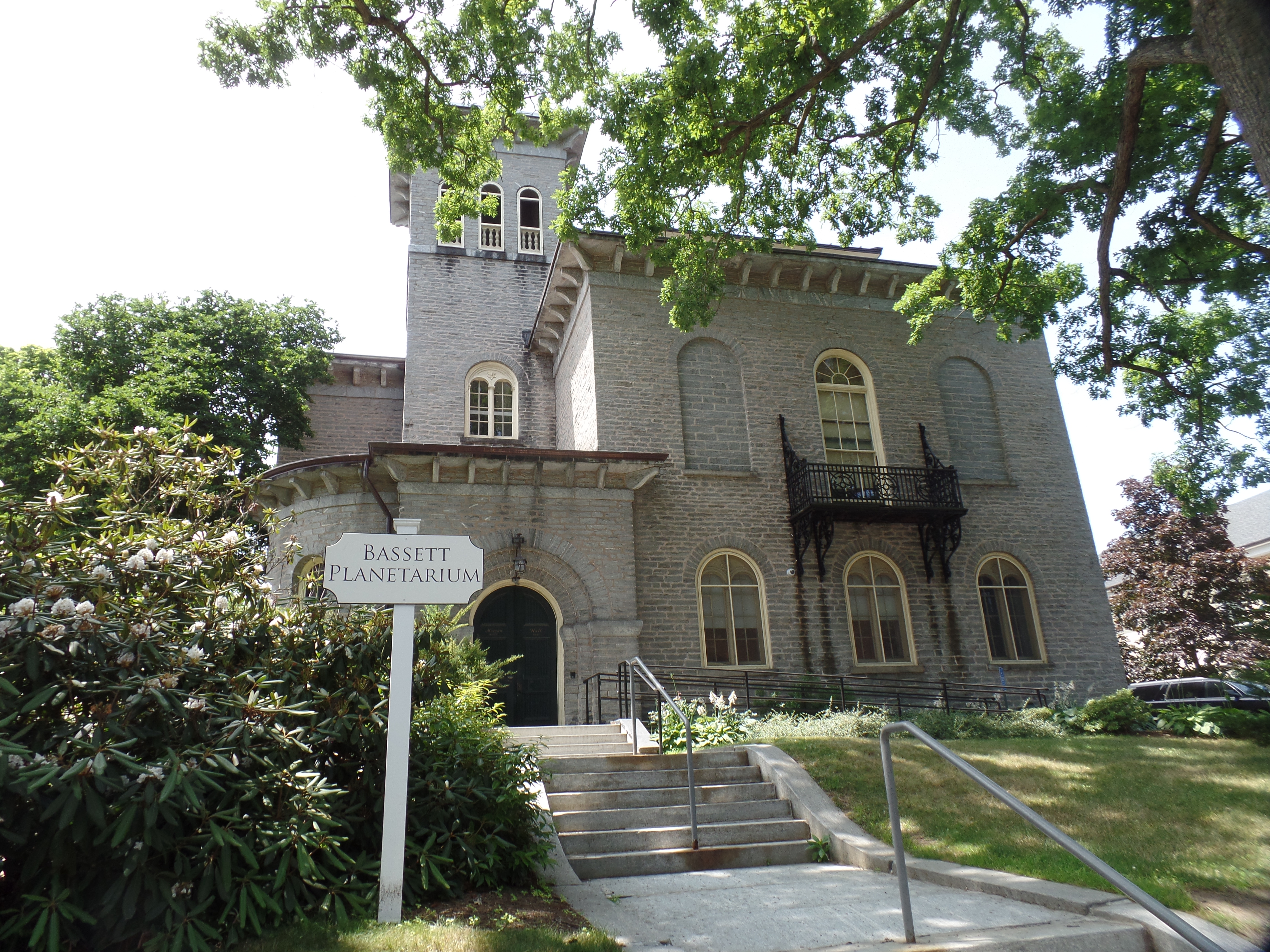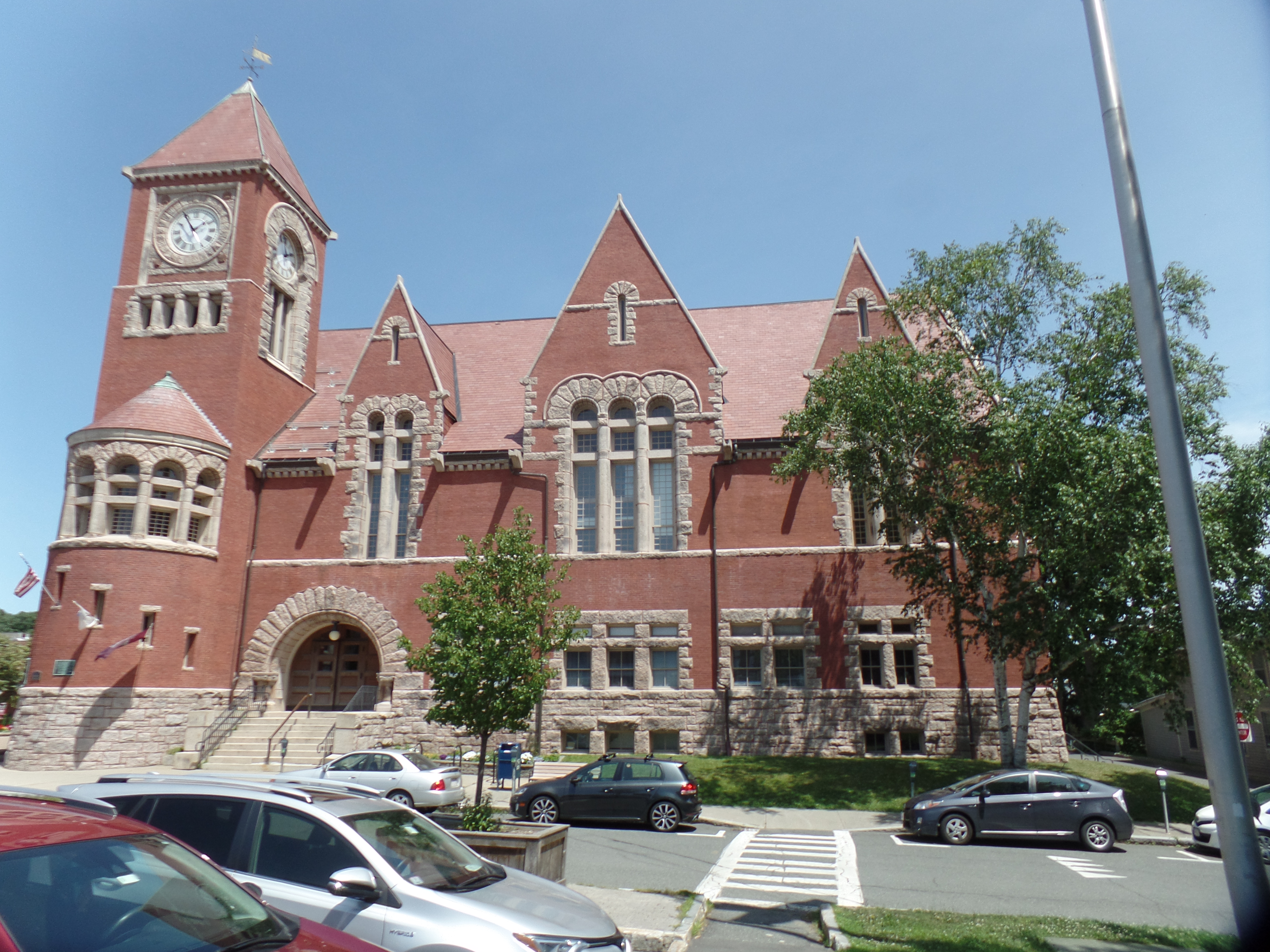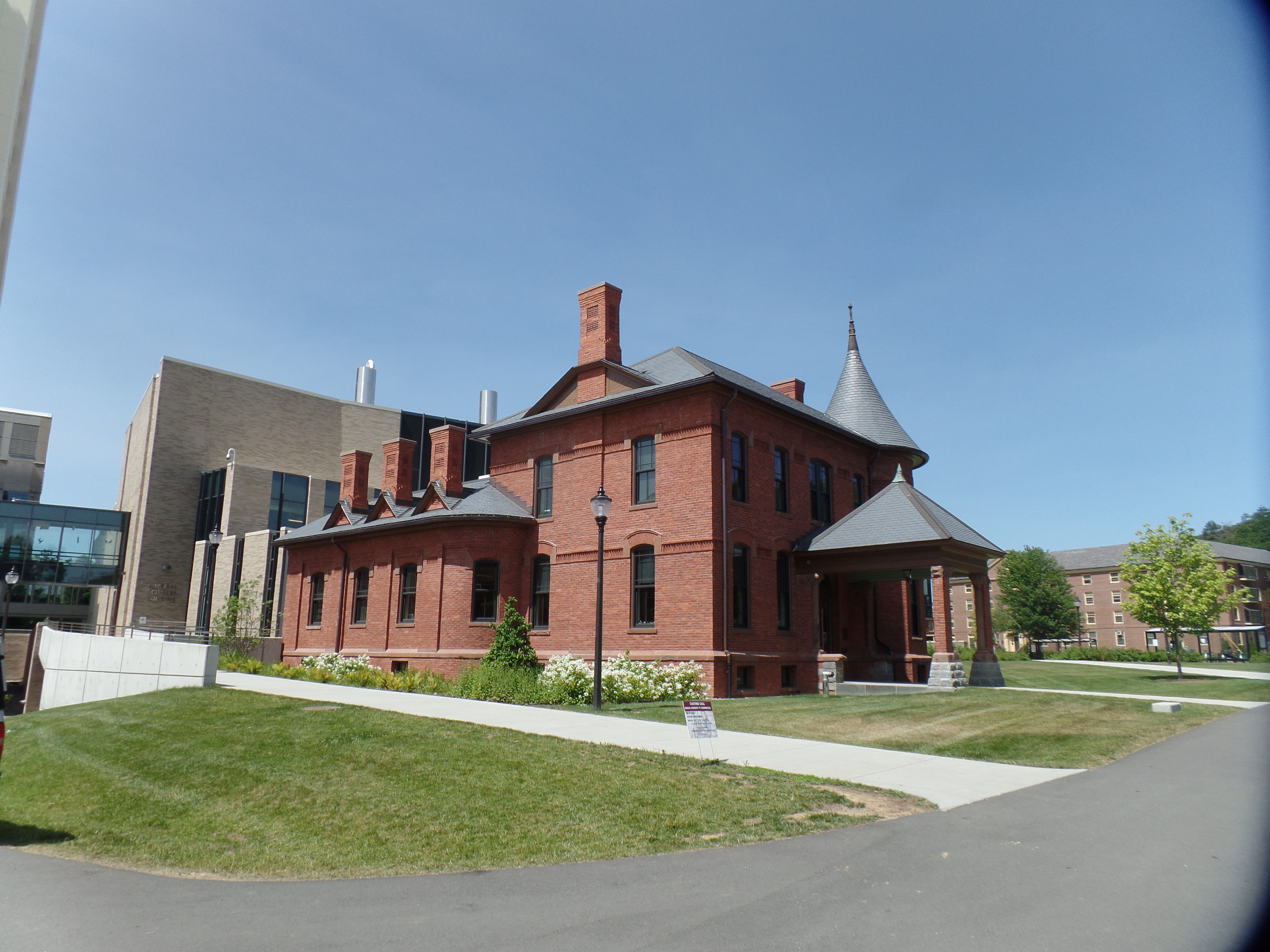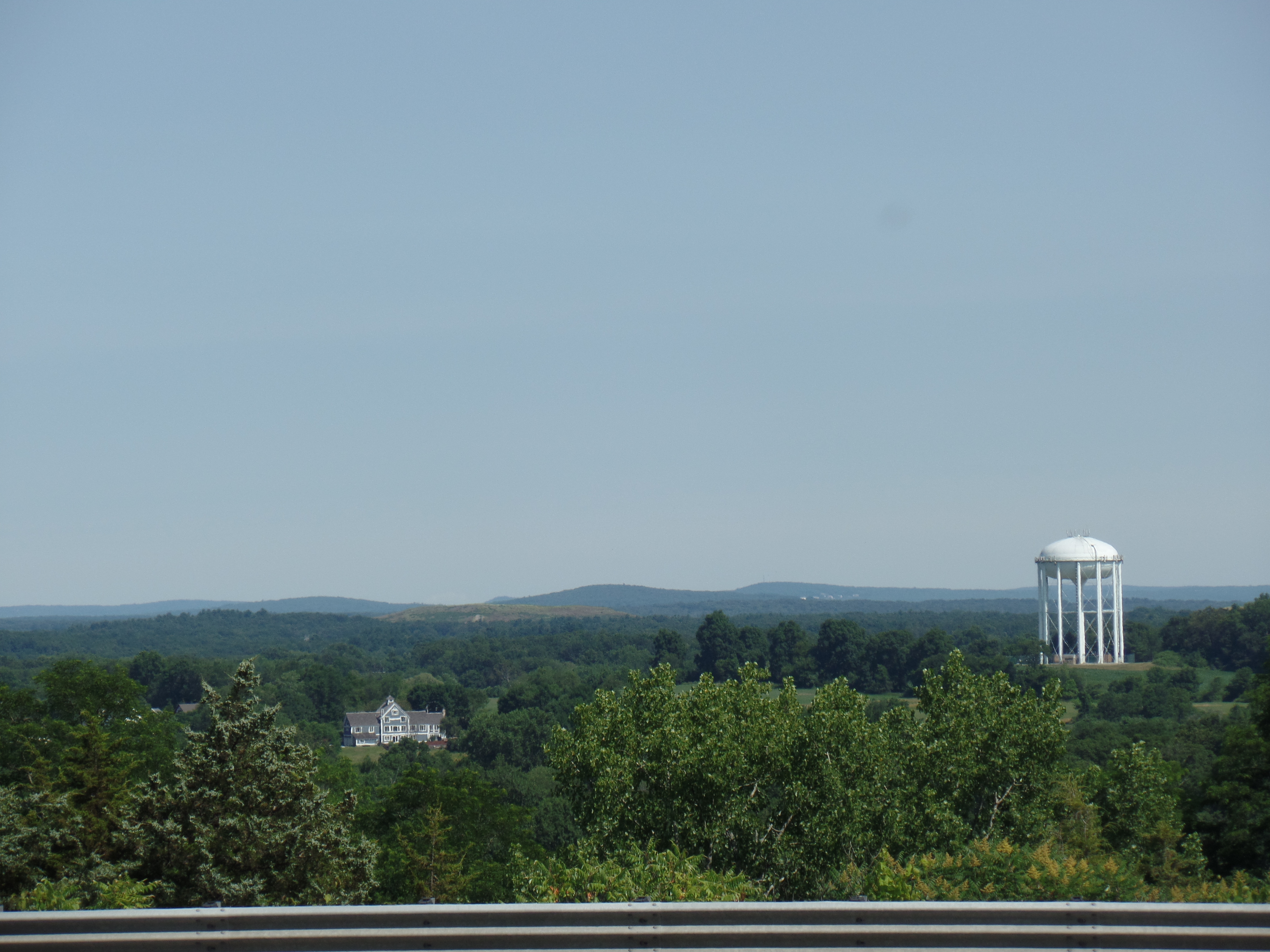July 21, 2021, Concord, NH- Sam sensed my solemn mood, and honoured my relative silence. It was partly due to where I had just been, and partly due to being a bit worn, by the full day I had just enjoyed. The effervescent young lady continued to make sure I was well-served, while engaging more cheerful patrons in banter and laughter. Thus went my third meal, in five days, at a Ninety-Nine Restaurant. This one was in Augusta, Maine’s capital city, where I had just visited the gravesites of a paternal aunt and uncle, along with the as yet unmarked grave of their eldest son, in Central Maine Veterans Memorial Cemetery.
I left Saugus, the town of my formative years, around 8 in the morning, heading up towards Maine, via I-95. It was a smooth enough drive, near the coastal regions of New Hampshire and southern Maine. I first stopped at Stonewall Kitchen, in York, to pick up gifts for the cousins I would visit first and for friends I will see on Friday evening. Next came the drive, past Portland and its exquisite Casco Bay, to Boothbay Harbor, home to a paternal cousin and his family. I hadn’t seen Tom in nearly 35 years, but had communicated with him recently, about a matter of mutual interest.
Tom and Jamie seem to be doing well, have wonderful children and grandchildren, and a lovely home.

We talked of each other’s families, for about 1 1/2 hours, over lunch and photo albums. Both of our family branches have had their share of triumphs and tragedies. Both have had wondrous people enter their lives and share all they have-and then some. Tom and Jamie are solid people, who have served children, over the years, on paths similar to those that Penny and I took.

I left the family to their afternoon, which included a well-crafted blanket fort, that the little boys had made, as part of their imaginative use of the living room, and headed towards Augusta, where I would pay my respects to our departed aunt, uncle and cousin. A brief stop in Boothbay Harbor’s west side was in order, for ice cream and a few photos.


The drive to Augusta was fairly short, but it took stopping at two places to get directions to the cemetery, as my GPS was pulling its “You’re offline!” tantrum. Once there, I found a well-tended expanse of lawn, with year-by-year indicators of who is laid to rest, and where. I spent about twenty minutes at the gravesites of my family members.

Almost on cue, after twenty minutes, a cold wind whipped up and the dark clouds gathered. I got into the Ninety-Nine, just outside the cemetery gates, just before the rain started. Samantha, the server, kept watch on the skies, as well as on us patrons, and noted after fifteen minutes that the sun was coming back out. She seemed quite intently watching over us all, which I like in a public servant.
I spent about an hour after dinner, walking about downtown Augusta. The city has made great strides in celebrating the Kennebec River and its own heritage, since I was last here, in the late 1970s. Here are some of the scenes, therein.



Old Fort Western tells the story of early Augusta and its environs. https://www.augustamaine.gov/old_fort_western/292_years_of_maine___new_england_history.php.
It was closed, and I needed to make further progress westward, so as to not overload myself tomorrow, so after a brief visit to the grounds of Maine’s State Capitol, where I took a few photos, under the watchful eyes of the Capitol Police, onward it was.

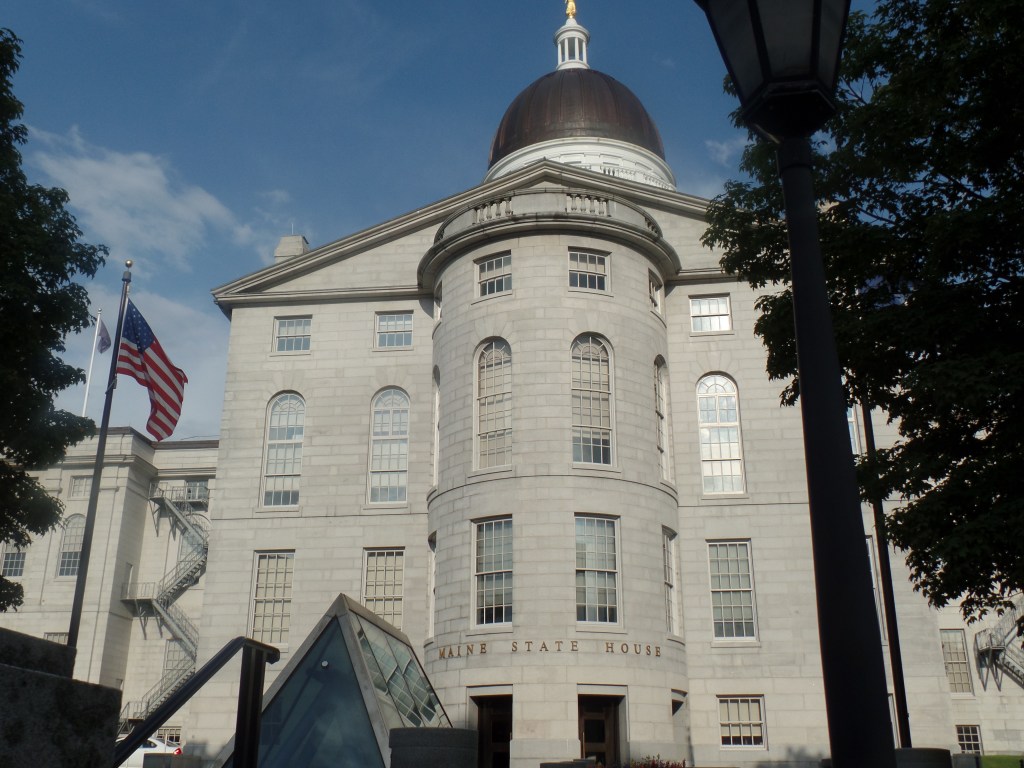
Along US 202, I passed through the fields and cities of central and southwest Maine: Winthrop, Lewiston, Auburn, Gray and Sanford, before crossing into New Hampshire, at Rochester, then over to this fair place- New Hampshire’s capital city, which has two motels, cityside. Thus, I stopped into my first Holiday Inn, in over thirty-five years. (I am usually one for the Mom & Pop establishments, but in New Hampshire, those are limited to resort areas.)
After looking around Concord a bit, tomorrow, the itinerary is to cross western New Hampshire, southern Vermont and New York’s southern tier.


